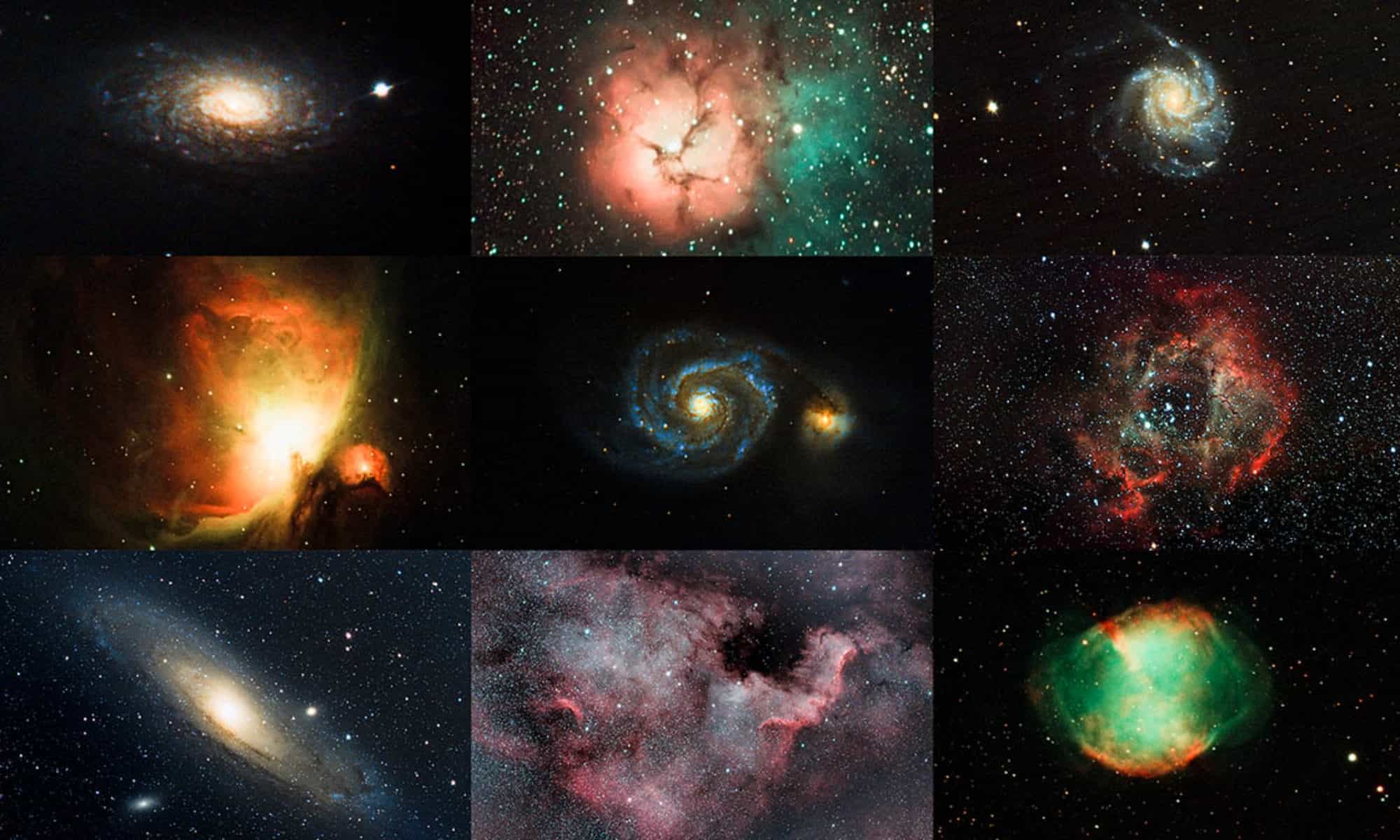The Dumbbell Nebula was discovered by Charles Messier in 1764 and was the first planetary nebula to be observed. It’s located in the constellation Vulpecula about 1200 light years from Earth. Planetary nebulae are formed when red giant stars eject some of their material into the surrounding space. This ejected material consists of dust and gases such as hydrogen and oxygen. As the red giant star collapses, it emits ultraviolet light, which ionizes the surrounding cloud of gases. The red color we see in the Dumbbell Nebula is due to ionized hydrogen gas. The brilliant green color is due to ionized oxygen gas.

